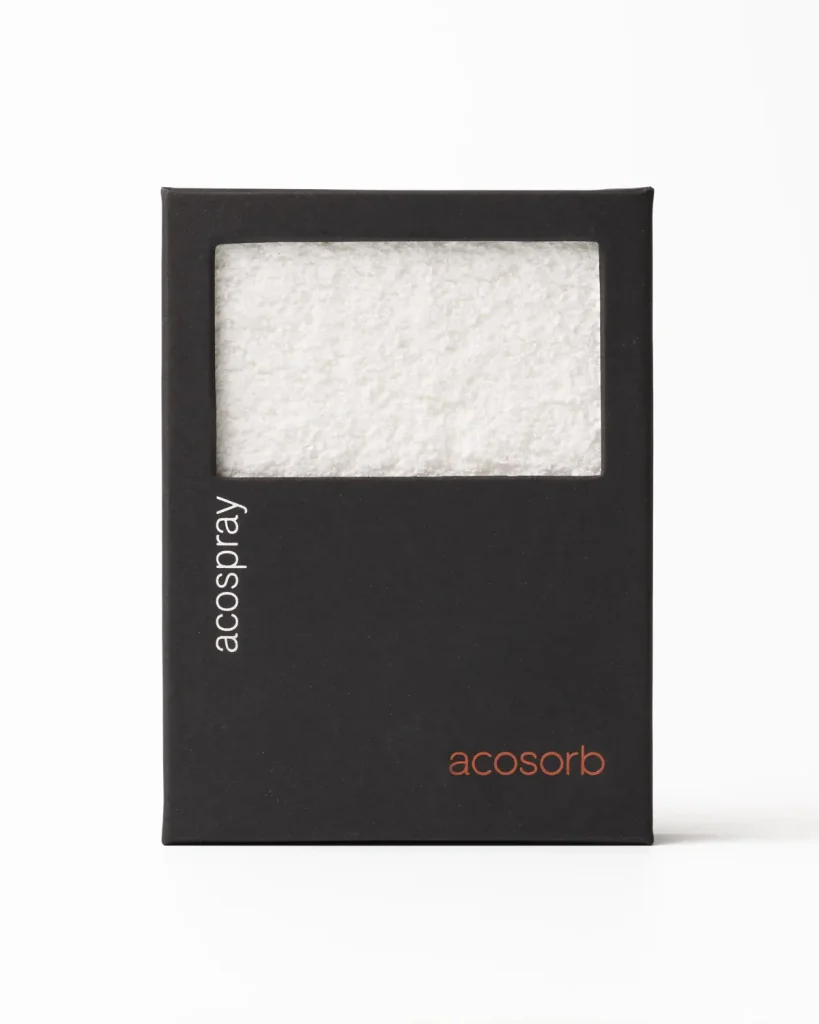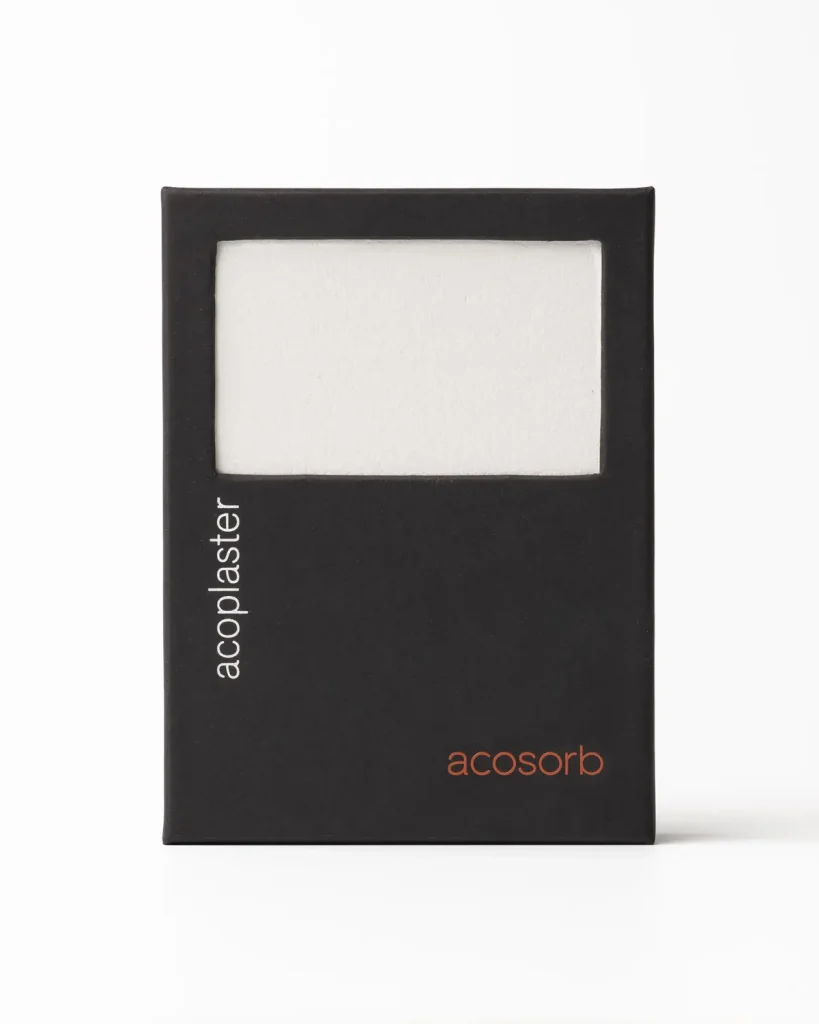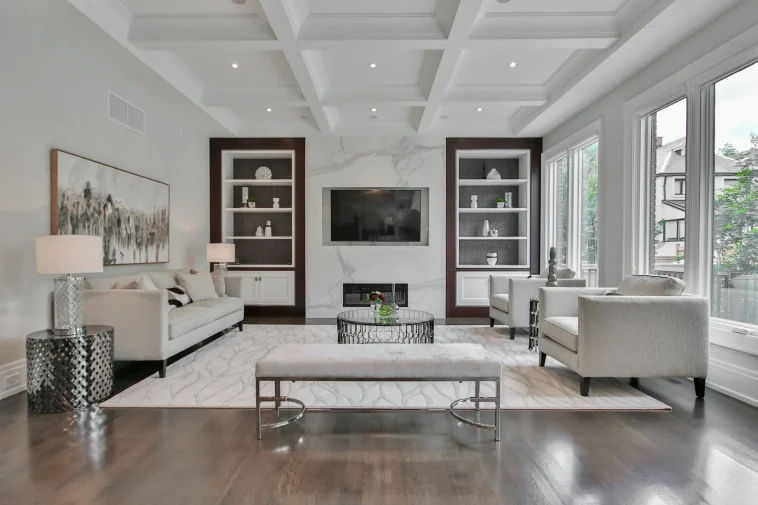Unwanted noise has become a common challenge in modern living, impacting everything from daily comfort to work productivity. As urban environments grow denser and architectural designs focus more on open concepts, effective solutions for sound management are vital. Sound proofing plaster emerges as a subtle yet powerful way to reduce noise levels, improve acoustics, and bring tranquility into any space—residential or commercial.
Understanding sound proofing plaster: what sets it apart?
Standard construction materials like concrete, glass, and drywall often reflect sound waves, leading to echoes or excessive noise. Sound proofing plaster differs by incorporating special aggregates and fibres that absorb and dampen sound energy. When applied to ceilings and walls, this plaster reduces sound reverberation, resulting in a significantly quieter environment. What makes acoustic plaster systems unique is their seamless finish. Unlike bulky panels or visible acoustic tiles, sound proofing plaster offers an unobtrusive appearance suitable for diverse architectural styles. Its texture and colours blend well with interior design, preserving the aesthetics of both modern and historic spaces. The effectiveness of the product is not limited to sound absorption; it can help with overall room comfort. By minimizing noise levels, the sense of calm and privacy increases. This is especially important in multi-functional spaces where focus, conversation, and relaxation must coexist: think living rooms, offices, or educational environments.

Transformative benefits in everyday environments
Reducing sound distraction can dramatically upgrade daily life. In open-plan homes or apartments, noise from adjoining rooms or neighbours is a frequent concern. With the installation of sound proofing plaster, unwanted sounds are absorbed before they can travel or bounce around, making family conversations, movie nights, or quiet reading time much more comfortable. Acoustic improvements are subtle visually, but noticeable in use. Workplaces see clear advantages as well. Excessive reverberation in meeting rooms, creative studios, and coworking spaces can reduce productivity. Better acoustics help with concentration by removing disruptive echoes and background noise. This fosters efficiency and well-being among employees and enhances confidential discussions. Hospitality venues and restaurants are often designed with hard surfaces and spacious layouts, leading to noisy atmospheres as patrons dine or socialize. The use of acoustic plaster helps create more inviting and intimate environments by lowering overall noise levels. This not only improves guest experiences, but also complements the venue’s interior design without compromising the visual identity.

Applications in remarkable building designs
Iconic architecture increasingly relies on sound proofing plaster to solve complex acoustic challenges. Historic renovation projects often need to preserve ornate ceilings and original details. Since acoustic plaster is applied in thin, seamless layers, it protects original features while making the space more usable for modern functions such as galleries, libraries, or event halls. Contemporary projects benefit from the flexibility of acoustic plasters, which can be shaped into curves, domes, or other unique geometries. Designers appreciate the freedom to create expansive, open spaces without compromising on sound quality. Exceptional examples can be seen in cultural institutions, tech campuses, and luxury residences where quietude is crucial to the atmosphere. Retail environments and educational facilities equally profit from advances in this field. For instance, schools use acoustic plasters to soften noise in classrooms or corridors, improving focus for students and teachers. Retail stores value the product for supporting a calm shopping environment, encouraging longer visits and better customer experiences. More about these applications and their technical details can be found at .
The science behind the silence
Acoustic plasters are engineered to interact with sound at multiple frequencies. When sound waves hit the surface, tiny pores and fibres within the layer absorb the energy, converting it to heat. The technical principle—sound absorption coefficient—indicates how well a surface mitigates different types of noise, from low speech frequencies to higher treble echoes.
This science-backed approach is why sound proofing plaster addresses not only loudness, but also the clarity of sound. By reducing echo, music and speech both sound more natural. The improved sense of acoustical “warmth” can make large modern spaces feel more inviting without compromising on scale or openness. Acoustic tests and certifications ensure that these products meet regulatory standards. Whether in a home media room or a public auditorium, the material’s effectiveness is measured and documented. Integrating this knowledge into planning and renovation decisions gives architects, owners, and users a reliable path to better acoustics.
Adapting to global urban trends
Across the world, cities face challenges of densification, open-plan living, and the need for peaceful spaces. Advances in construction technology, such as the use of sound proofing plaster, help adapt buildings to these realities. Historic European cores, new North American lofts, and high-rise Asian apartments all share the necessity of noise reduction for quality of life. The focus on occupant well-being is growing, both for physical comfort and mental health. Regulators and planners are increasingly aware that noise pollution is more than a nuisance; it has proven impacts on stress and even cognitive performance. Solutions like acoustic plaster play a complementary role—invisible but impactful—in building healthier environments for everyone. Adoption of sound proofing plaster is not limited to private spaces. Public venues—such as transit stations, galleries, libraries, and hospitals—introduce acoustic materials to enhance functionality and comfort. This democratization of quality sound design signals a new standard for facilities where large numbers of people gather, interact, and work.
Future directions: Sustainable and smart acoustic solutions
Environmental awareness extends into material choices for sound management. Many modern acoustic plasters are produced using recycled or low-emission ingredients, meeting demands for sustainability. Innovations continue as researchers optimise formulas for strength, longevity, and minimal environmental impact. Smart building trends intersect with acoustics, too. The next generation of sound proofing plasters may integrate with sensor systems to monitor noise in real time or to adapt their properties in response to changing use. These developments point to a future where calm, comfortable spaces are dynamically maintained as part of everyday life.
For those involved in building, renovating, or simply seeking a better living experience, the possibilities are expanding.




